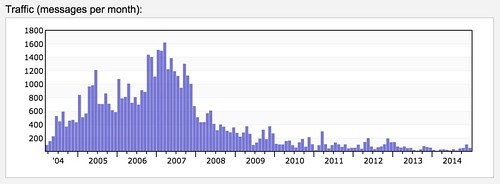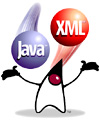A Stressful, but Rewarding, Trip to Devoxx Belgium and Morocco
One of my favorite conferences in the world is Devoxx Belgium. First of all, it tends to have one of the most enthusiastic audiences I've ever seen. Secondly, its organizers are super awesome and challenge you to give great talks. Third, it was the first conference I ever took my Trish to. In 2011, I took her a second time and proposed to her in Paris afterward.
This year, I traveled to Devoxx Belgium for the first time without Trish. It was stressful because I didn't prepare well beforehand. However, it was also gratifying because I was able to make everything work, even it all happened at the last minute. Furthermore, I did the majority of my talks with good friends, which is always a pleasant experience.
The purpose of this blog post is to document my experience this year, so I can look back and say WTF was I
thinking?! 
I left Denver on Monday (November 6) afternoon and flew to Brussels, Belgium. My flight landed in Brussels at 9 am and Josh and my (three hour) talk was at 1:30 pm. I made it in time, but it was one of the first times we didn’t have a lot of time to prepare face-to-face beforehand. I learned that getting t-shirts printed in the US to save $500 is a good idea, but having to take two suitcases to carry them all is a bad idea.
 We did our usual talk and I used Okta's new Angular SDK
instead of the Sign-In Widget to showcase authentication. Even
though the crucial step I needed was contained in my notes, I failed. One simple line to add an
We did our usual talk and I used Okta's new Angular SDK
instead of the Sign-In Widget to showcase authentication. Even
though the crucial step I needed was contained in my notes, I failed. One simple line to add an HttpInterceptor and
I missed it!
I think I followed up well with a tweet that showed how to fix it. But who knows how many people use Twitter. One things for sure, people tweet more at Devoxx Belgium than any other conference I’ve ever been too! In fact, the #Devoxx hashtag got hijacked by some porn sites and their tweets started showing up on the Twitter wall.
I tweeted about what I forgot to do after our talk.
Thanks to everyone who attended @starbuxman and my session on Cloud Native PWAs at @Devoxx!
— Matt Raible (@mraible) November 8, 2017
Slides: https://t.co/3uyn4KUbm2
Source code: https://t.co/6deOtoHeeg
FWIW, I figured out why my @okta demo failed. I forgot to add the AuthInterceptor as a provider. Doh! #Devoxx pic.twitter.com/HxdYp6CetZ
Josh and my talk was published on YouTube the very next day, which is awesome.
[Read More]







